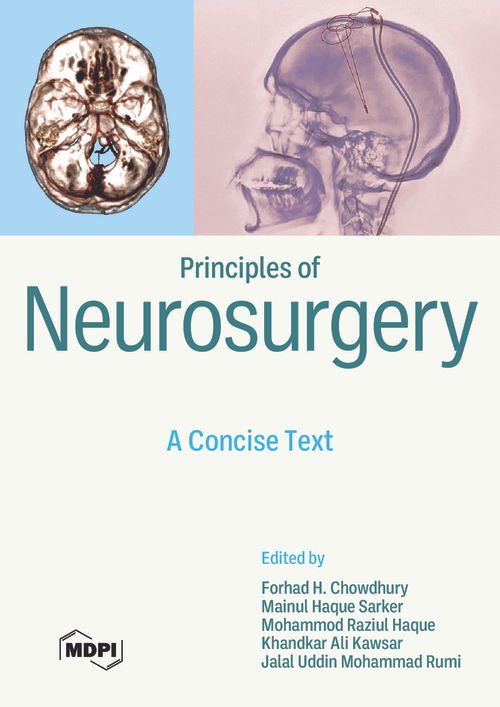Spontaneous Intracerebral Hematoma
An intracerebral hematoma (ICH) is a stroke which constitutes about 10–15% of all strokes. An ICH is considered an acute deadly event. Patients are characterized by the peak age between 55 and 75 years and male predominance. In 50% of cases, an ICH occurs in deep grey and white matter such as basal ganglia, thalamus and internal capsule; 35% are lobar/hemispheric, and occur due to a rupture of the Charcot–Bouchard micro-aneurysm. Even if the presenting symptoms appear mild at onset, a hematoma progression may lead to rapid neurological deterioration. Here, the etiopathological aspects of an ICH, clinical presentation and progression, imaging and interpretation, as well as principles of management with special attention to surgical management are discussed.
